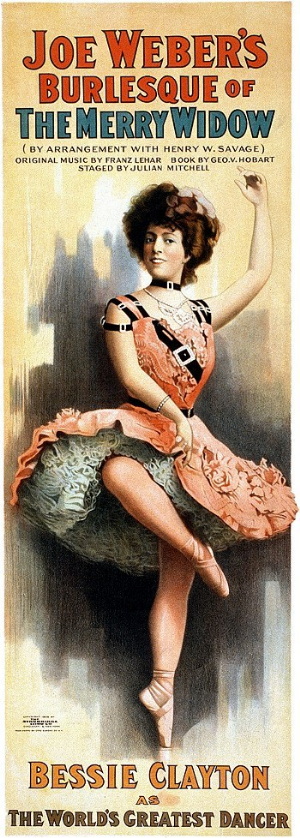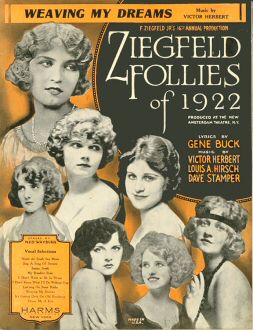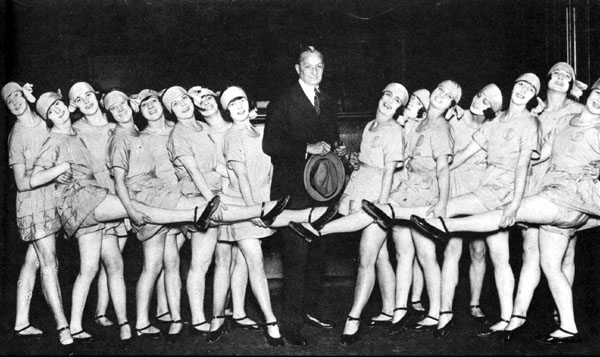|
Between the specialty dancers who originated routines from the raw material of their own talent and the pioneer choreographers who viewed movement as expression for communication, stand the dance directors of early musical comedy and revue.
|
|
Introduction |
| 1910 -- Birth of a Tradition |
|
Between the specialty dancers who originated routines from the raw material of their own talent and the pioneer choreographers who viewed movement as expression for communication, stand the dance directors of early musical comedy and revue.
|

Julian Mitchell
The first important dance director of Broadway musicals was Julian Mitchell. He was born 1854 and died June 24, 1926.
|

Florenz Ziegfeld
